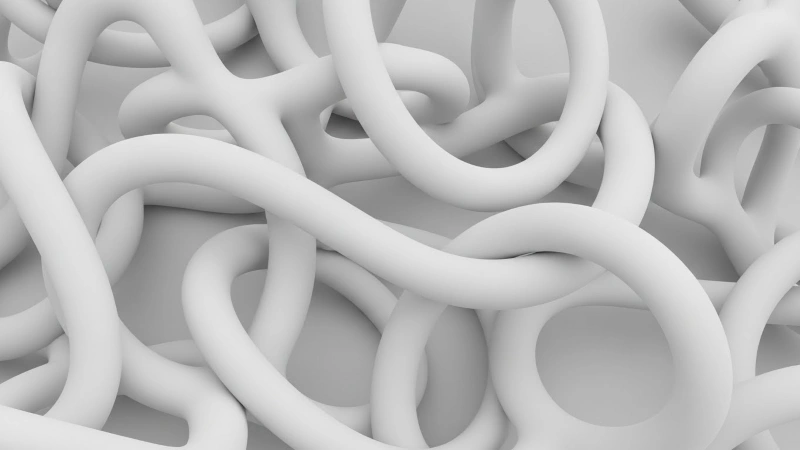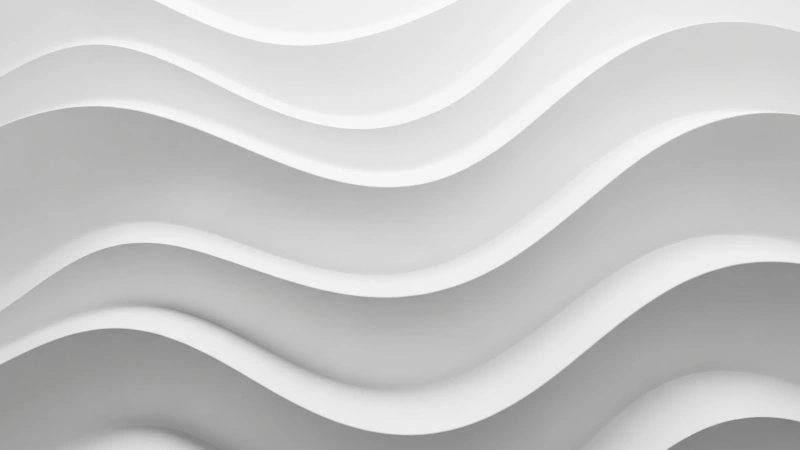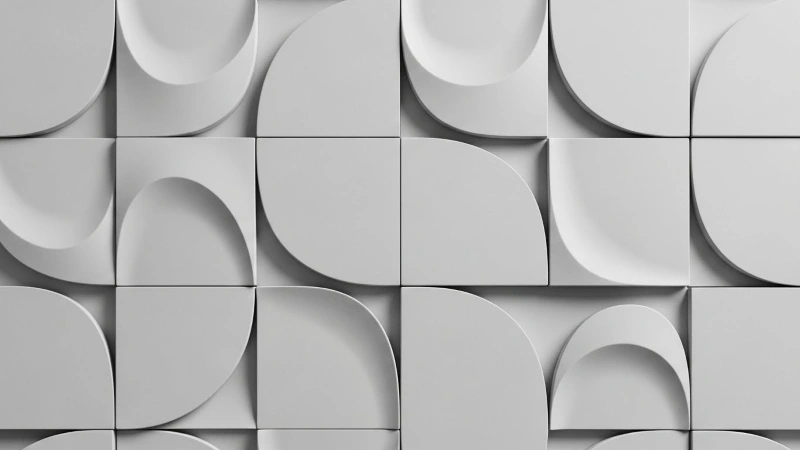Communicating Your Brand’s Unique Design Requirements to Remote Specialists

Your brand is more than just a logo or a tagline — it’s the essence of your business. It’s who you are. It’s the most important investment in real estate you’ll ever make. Real estate? My brand? Was this article written by AI because that last bit makes no sense? Nope, real estate, and highlight it. Why? Because it’s about how much location, location, and location you have managed to buy up in your customers’ minds. That’s the most valuable piece of land you’ll ever have. So, when it comes to creating designs for your physical spaces, ensuring that your brand’s identity is accurately reflected is vital. But how do you communicate these unique brand design requirements when collaborating with remote specialists? Let’s delve into the strategies that will help you maintain brand integrity while working remotely. Let’s dig in and talk about real estate — tangible and intangible.
Maintaining brand integrity is vital — it’s the most important thing you’ll do for your business. This is especially harrowing when your design work is happening miles away from where your brand operates. Your physical spaces – be it an office, a storefront, or a customer-facing environment – are extensions of your brand, and their design must echo your company’s ethos. Whether you’re working with a remote design team or a specialist across the globe, clear communication is the cornerstone of successful remote design collaboration.
But why is that? Well, there’s a theory called “The Unified Theory of Branding.” Basically, it states that your brand exists in all touch points you have with your target demographic. You go to an Apple Store, and you know that the giant has taken great care in creating that place — how the employees dress, who they hire, how they talk to you, the lighting, the way the products are shown, etc. And that ideal is tossed onto everything the company does — its packaging, its website, its content creation, everything. That’s a unified brand — anything that breaks it sort of breaks the fantasy that the company has created of themselves in their client’s mind.
In the ecosystem of remote design collaboration, the right tools can make all the difference — they make or break you. Platforms like Zoom, Slack, and Trello are not just for basic communication — they are the lifeblood of remote teamwork. Zoom offers face-to-face interactions that help build rapport, while Slack keeps your communication organized and accessible. Trello, on the other hand, is perfect for managing design projects, ensuring everyone is on the same page regarding deadlines, tasks, and deliverables.
Consistency is key when working remotely. Set up regular check-ins and updates to ensure that everyone is aligned and that the project is progressing as planned. Remote workers do their thing differently than 9 to 5 folks — they work on tasks and deadlines. That’s what fuels them, not punching in. Weekly video calls, progress reports, and shared timelines can help keep the team motivated and on track. These regular touchpoints are vital in catching potential issues early and making sure your design stays true to your brand’s vision.
Your brand’s story is unique, and it should be reflected in every aspect of your design. Walt Disney once made it a point to tell all his employees that the brand doesn’t exist — it’s a story. That’s why in his theme parks, if you’re wearing a tiara, all his Actors bow down to the princess. If you’re in superhero garb, they strike a pose. And so on. They are telling and reinforcing the story Walt created. When working with remote specialists, it’s essential to convey this story clearly. Use detailed briefs, brand guidelines, and even mood boards to communicate the essence of your brand. Describe how your brand’s history, values, and mission should influence the design, and provide examples of designs that align with your vision.
Words can only go so far in describing your design preferences. Visual aids, such as mood boards, reference images, and color palettes, are invaluable tools in bridging the gap. These visuals help your remote specialists understand the look and feel you’re aiming for and ensure that they are working towards a design that reflects your unique brand design accurately.
To avoid miscommunication, it’s critical to confirm that your remote specialists actually understand your unique brand design magic. This can be achieved through detailed discussions, Q&A sessions, and even preliminary drafts that showcase the initial concept. Encourage your designers to ask questions and provide feedback throughout the process, ensuring that everyone is on the same wavelength.
Revisions are a natural part of the design process, but they can be tricky when working remotely — why? Because sometimes the back-and-forth sort of streams off. The designer is waiting for feedback and, well, that email goes on the back burner – on your end – due to several reasons. That alone lets off the gas on the project and starts making it go sluggish. Establish a clear process for submitting and reviewing revisions to keep the project on track. Use project management tools to document feedback, track changes, and communicate updates. This organized approach helps avoid confusion and ensures that revisions are aligned with your unique brand design requirements.
Once the project is complete, take the time to evaluate the final design against your brand’s standards. Does it reflect your unique brand design identity? Does it communicate the right message to your audience? Review the design in detail, and if necessary, request final adjustments to ensure everything is spot-on before launching.
Working with remote specialists doesn’t mean sacrificing brand integrity. By using the right tools, maintaining consistent communication, and clearly conveying your brand’s unique design requirements, you can achieve design results that are just as impactful as if your team were in the same room. Remember, the key to successful remote design collaboration lies in preparation, communication, and a shared commitment to bringing your brand’s vision to life.
About the Author
With a deep understanding of what companies need to build top-performing remote teams and fully remote departments, his journey with Uptalent has been dedicated to creating exceptional remote work solutions and helping companies thrive with top-tier remote talent.
Expertise:
Explore these related articles to dive deeper into the topic and discover more insights.

How a Digital Marketing Strategist Helps You Build Effective Campaigns

5 Key Benefits of SEO Outsourcing for Digital Marketing Agencies

The Importance of a Payroll Specialist in Preventing Payroll Errors